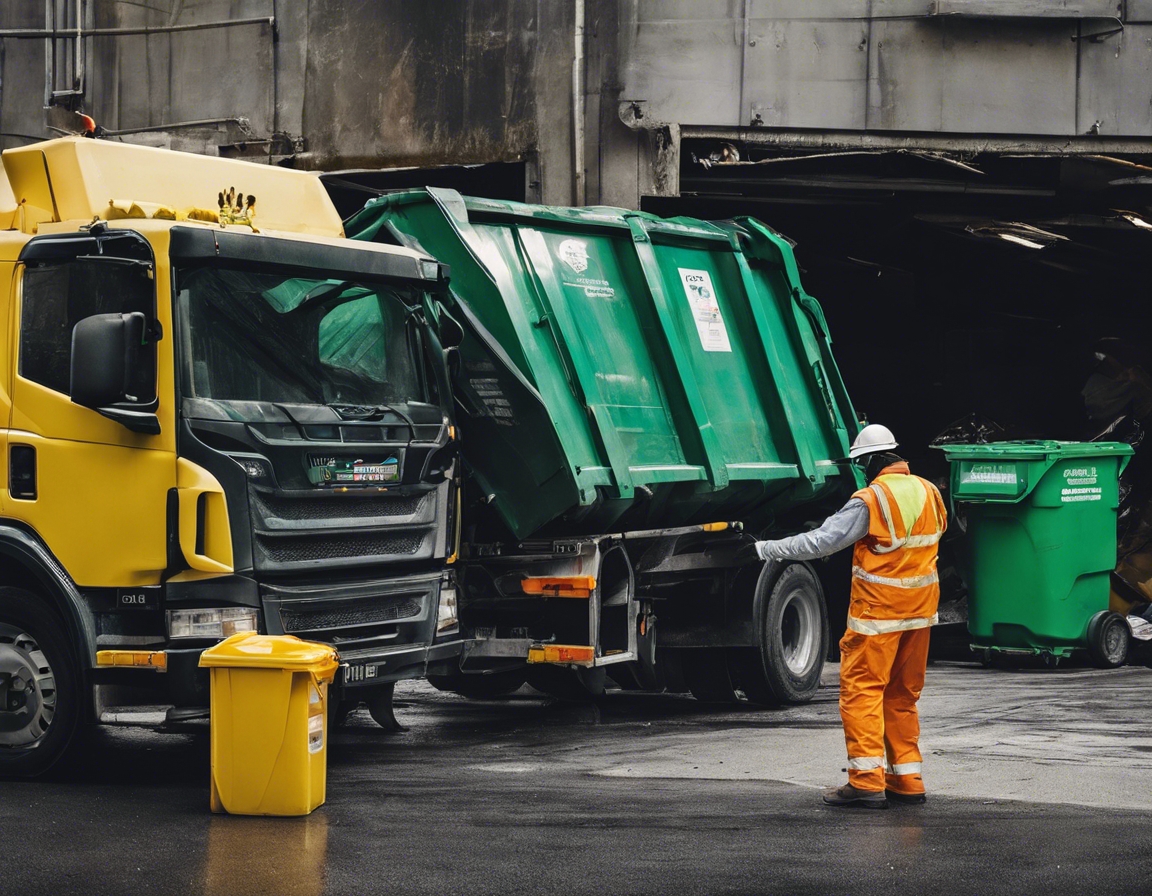The importance of environmental protection in construction
Environmental protection in construction involves the implementation of practices and strategies that minimize the environmental impact of construction activities. It encompasses a broad range of considerations, from resource management to waste reduction, and from pollution prevention to biodiversity conservation.
The construction industry plays a pivotal role in shaping our built environment, but it also has significant environmental implications. Protecting the environment is not only a moral obligation but also a strategic move to ensure the long-term viability of construction projects and the health of our planet.
The Impact of Construction on the Environment
Construction activities can lead to soil erosion, water pollution, and habitat destruction. The use of heavy machinery and the disturbance of land can also contribute to air and noise pollution, affecting both local communities and wildlife.
The alteration of landscapes and ecosystems can have lasting effects, disrupting natural processes and endangering species. It is crucial to understand these impacts to mitigate them effectively.
Regulatory Framework and Compliance
Construction companies must navigate a complex web of environmental regulations, which can vary significantly from one region to another. Adhering to international standards like ISO 14001 and local regulations is essential for legal compliance and environmental stewardship.
Compliance is not just about following laws; it's about integrating sustainable practices into the core of construction operations, thereby contributing to a more sustainable future.
Best Practices for Environmental Protection in Construction
Effective site planning and management can significantly reduce environmental impacts. This includes careful assessment of the construction site, implementing erosion and sediment control measures, and protecting existing natural features.
Optimizing resource use and minimizing waste are key components of sustainable construction. This can be achieved through strategies such as recycling, using sustainable materials, and designing for deconstruction.
The adoption of innovative technologies and eco-friendly materials can lead to more efficient construction processes and reduced environmental footprints. Examples include green concrete, prefabrication, and renewable energy sources.
Benefits of Embracing Environmental Protection
While environmentally friendly practices may require initial investment, they can lead to cost savings in the long run through improved efficiency and reduced waste. Additionally, they can open up new market opportunities and financial incentives.
Companies that prioritize environmental protection can enhance their reputation, attract environmentally conscious clients, and differentiate themselves in a competitive market.
By adopting sustainable construction practices, companies contribute to broader global efforts to achieve sustainability goals, such as those outlined in the United Nations Sustainable Development Goals (SDGs).




Comments (0)